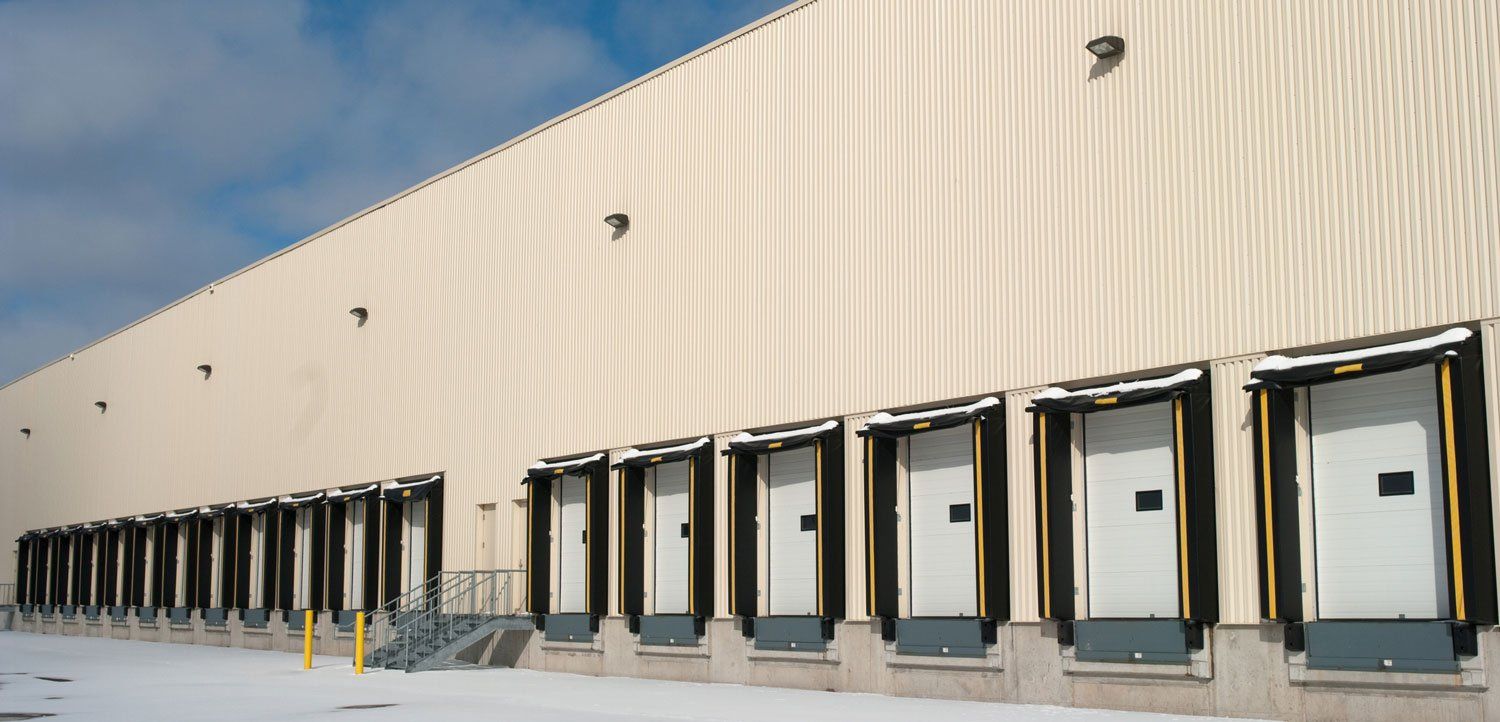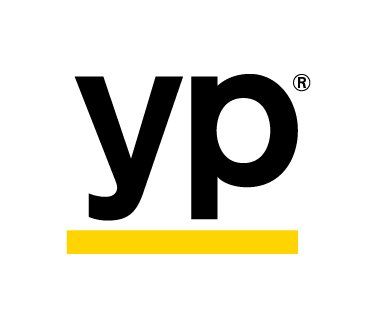The Ultimate Guide to Planning a Wood Deck Project
Are you considering adding a wood deck to your home but feeling overwhelmed with where to start? Look no further! In this comprehensive guide, we will cover everything you need to know about planning a wood deck project. From choosing the right type of wood to ensuring you have enough materials, we've got you covered.
Choosing the Right Type of Wood
When it comes to selecting the type of wood for your deck, there are several options to consider. Cypress, fir, and spruce are popular choices due to their durability and affordability. Cypress is known for its resistance to rot and insects, making it an ideal choice for outdoor projects. Fir is another great option, offering a beautiful grain pattern and natural resistance to decay. Spruce is a budget-friendly choice that can be easily stained or painted to match your desired aesthetic.
Calculating Materials
Once you have decided on the type of wood for your deck, it's important to calculate how much material you will need. Start by measuring the dimensions of your deck space, including length and width, and factor in any additional features such as stairs, railings, or built-in seating. Don't forget to account for the spacing between the deck boards, as this will impact the total amount of wood required.
Additionally, ensure you choose high-quality wood that is treated for outdoor use to enhance the durability and lifespan of your deck. Proper planning and careful calculation will help ensure a smooth and successful deck-building experience.
Creating a Detailed Plan
Before starting your wood deck project, create a detailed plan outlining every step of the process. This includes drawing up blueprints, obtaining necessary permits, and scheduling deliveries of materials. Consider hiring a professional contractor if you're unsure about any aspect of the project or if you want help with more complex design elements.
Gathering Tools and Supplies
In addition to wood materials, make sure you have all the necessary tools and supplies on hand before starting your project. This may include items such as saws, drills, screws, nails, levelers, and safety equipment. Renting specialized tools from a hardware store can also be a cost-effective option if you don't own them already.
Consider purchasing extra material to account for waste, mistakes during the construction process, and potential future repairs. It's always better to have too much material than not enough, as running out mid-project can cause delays and additional costs.
Consider using fire-treated and pressure-treated materials for added safety and durability. Fire-treated wood undergoes a special treatment process that makes it more resistant to flames and helps slow the spread of fire. This type of wood is an excellent choice for homeowners in areas prone to wildfires or those looking to enhance their deck's overall safety.
Pressure-treated wood, on the other hand, is imbued with chemical preservatives to protect against rot, decay, and insect damage. This treatment significantly extends the life of the wood and reduces the need for frequent maintenance. Pressure-treated wood is especially beneficial for the structural components of your deck, such as the frame and posts, as it ensures long-lasting support and stability.
Building Your Dream Deck
With all your materials in place and a solid plan in hand, it's time to start building your dream deck! Take your time during each step of the construction process to ensure accuracy and quality workmanship. Don't hesitate to ask for help from friends or family members if needed. Once completed, sit back and enjoy your new outdoor oasis!
Planning a wood deck project doesn't have to be daunting when you follow these simple steps outlined in our guide. By choosing the right type of wood, calculating materials accurately, creating a detailed plan, gathering tools and supplies, and executing each step with care — you'll be well on your way to enjoying a beautiful new addition to your home.
Contact our team at Mikro Corp to learn more.













